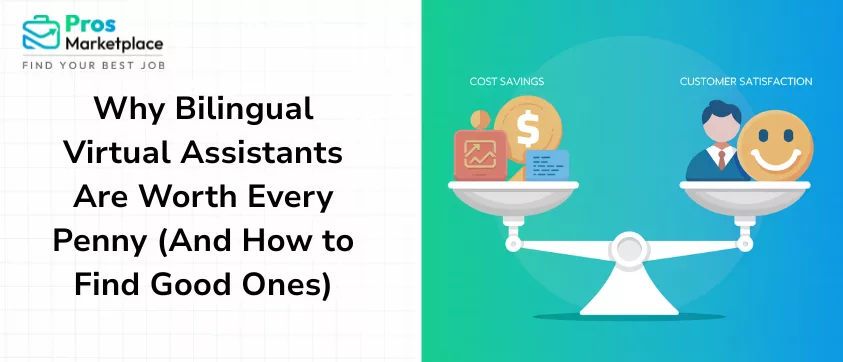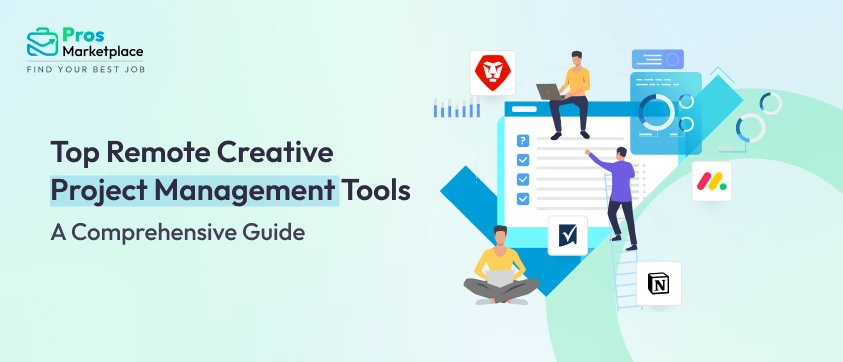To say that communication is vital in any working relationship is a cliché as well as an understatement. Many of us know that we need to have intentional and productive conversations with those we work with but workload, distractions, and a general lack of understanding can derail even the best intentions. As a result, you must understand the significance of communicating with your Virtual Assistant. These are individuals who want to do an excellent job for you but may need some guidance and direction. Especially in the beginning when it comes to finding out about your business practices.
Communication is critical in any working partnership
According to Clear Company, businesses with effective communication are 50 percent more likely to have lower employee turnover. Another source, HerdWisdom, revealed that 33 percent of surveyed employees said a lack of open communication has the most negative impact on employee morale. There are advantages to keeping the lines of communication open with your Virtual Assistant, but you need the right mediums to do this.
The Daily Check-In Email
One of the most efficient ways to check in with your Virtual Assistant is through email. You should require them to inform you of the following information:
- The progress of any work you have assigned them.
- Any problems they encountered while trying to get work done.
- Any help or assistance they could use from you.
- Any feedback you have for your employer
This email should be sent at the beginning of every working day. It is vital to check on the progress of the task to ensure your Virtual Assistant fully understands the requirements. Through the daily email, your Virtual Assistant can also request your help or clarification if they need it. This situation can also lead to you setting up a phone call or video conference if more of an explanation is necessary.
Emails Throughout the Day
This scenario may be due to personal preference. Some working professionals prefer email as opposed to an instant communication tool, while others may not see it this way. You and your Virtual Assistant have to decide how you are going to quickly and efficiently discuss issues throughout the day. Email is a slower form of communication, and it may not fulfill your needs of immediate contact. It would make sense for you to set up a standard for what communication should be over email and what needs to happen over an instant messenger.
For example, your Virtual Assistant may want feedback about a large project that is not an immediate priority. This situation is something appropriate to discuss over email. In contrast, you may need some quick help in researching information for a client whom you are meeting within an hour. A faster medium of communication like a phone call or an instant message program (ex. Slack) may be more appropriate. So, discuss these standards with your Virtual Assistant.
Skype and Video Conference Software
Skype is an excellent source for communicating with your Virtual Assistant if you need to see them face-to-face. It ensures that you are not losing out on the true meaning of their words, which can easily happen over email or instant messaging. You can gauge their communications in real-time to give you a better sense of what they are trying to say. Tools like these also allow you to share your computer screen so you can show them vital processes or documents. Skype and video conferencing software like Zoom, GoToMeeting, or Appear.in are perfect for meetings about a large project, for training and development.
CRMs
CRMs are great for project management and the delegation of tasks. Mediums like Basecamp, Salesforce, Hubspot, and Bitrix24 are great for assigning duties to your Virtual Assistant. As well as monitoring their progress on a project you assigned them. These programs allow you to share documents, give them access to files they can work with, and enable work collaboration. CRMs are especially useful if you have a team of Virtual Assistants or remote workers you are working with. While it may be tempting to use these will programs as a significant form of communication (since some do have instant messaging capabilities). Much of the conversation especially in the beginning should occur before you assign anything to a Virtual Assistant. Use email or Skype to inform them of what projects you are thinking of sending their way. Along with what resources they are expected to use for assistance. CRMs are more of a project management tool instead of one used strictly for communication.
Slack
Other than email and the occasional phone call, Slack is one of the best options for instant communication. Unlike email or phone calls, Slack allows you to chat instantly throughout the day. You can create various chatrooms for specific purposes and topics while also sharing documents. If you quickly need to refer back to a previous conversation, Slack allows you to search through your chat log.
If you know you need to be consistently available to your Virtual Assistant, Slack is one of the best ways to do it. It eliminates the need for lengthy and disorganized emails or constant phone calls. For example, if you have a Virtual Assistant who just started a project or may need some guidance, then being accessible on Slack may be just the answer you are looking for. As with any program, you should set parameters. If you have an agreement that you both will be on Slack for questions, make sure you both agree on times you will be available.
Presentation and Screen Recording Software
As an employer, training is going to be a significant part of the beginning of the working relationship with your Virtual Assistant. There are going to be tasks you will have to take the time to walk them through. For example, you may have a specific way you like data spreadsheets formatted in Excel or Google Spreadsheets, or you may want to guide them on how to post a blog post in WordPress. One of the more effective ways to train them is to use visual tools to walk them through tasks and projects.
Tools like Camtasia, Snagit, and Screencastify allow you to easily record your computer screen adding your oral instructions for you to share with your Virtual Assistant.
Phone Calls
In the event of an emergency or the need to further clarify directions, picking up the phone may be the best option. If you are in the United States, your regular hours will likely overlap with their working hours. So, be sure to have options for calling outside of an actual phone call. Skype, Google Hangouts, and WhatsApp are free options you can use to have a phone conversation with your Virtual Assistant. Only reserve actual phone calls for immediate emergencies.
Google Docs
There is a reason why Google Drive and Google Docs are some of the most popular document-sharing apps around. They allow you to create documents you can efficiently work on with another party. In the past, other platforms required you to create another version of a project before you could make an edit.
Google Docs also allows you to monitor your remote employee work in real time because it tracks edits made, reveals the last time the document was edited, allows you to track changes that detail the extent of the edits, and even lets you store large documents and quickly share them over email. Google Drive and Google Docs are perfect for projects you and your Virtual Assistant both need to work on.
Final Thoughts
Effective communication is the foundation of any productive working relationship. You and your Virtual Assistant have to understand the expectations and provide consistent feedback to one another. As well as being available to discuss the best ways to tackle a project or a task. Since you are operating in a real remote work environment, you have to use the best tools to communicate.
Then train them on how to accomplish tasks that meet your expectations. The key is to know how each one benefits you and your Virtual Assistant as well as provides the services you need. Understanding the differences between email and Slack, or why a Skype video conference is better in certain situations than a phone call will also bring efficiency and less confusion to your communications. So, take a look at these communication tools and see how you can fit them into your business. They may benefit you in ways that you never thought possible.







